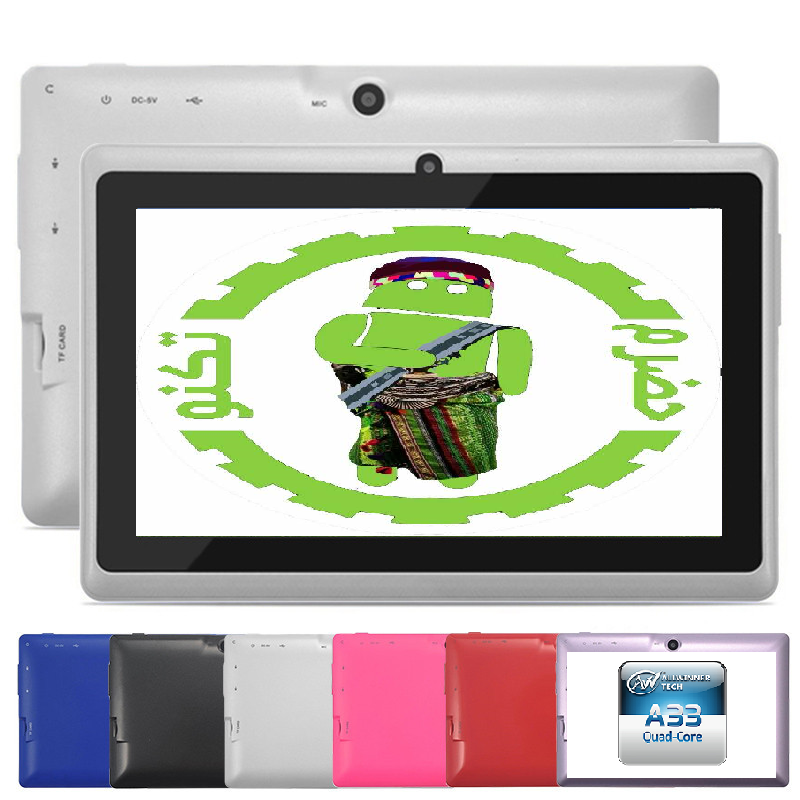

That makes chips running embedded Linux almost a commodity product: as long as your processor checks off the right boxes, your application code won’t know if it’s running on an ST or a Microchip part - even if one of those is a brand-new dual-core Cortex-A7 and the other is an old ARM9. Your I2C drivers, your GPIO calls - even your V4L-based image processing code - will all work seamlessly.Īt least, that’s the sales pitch. Getting a part booted is an entirely different ordeal altogether - that’s what we’ll be focused on.

Except for some minor benchmarking at the end, once we get to a shell prompt, we’ll consider the job completed.Īs a departure from my microcontroller review, this time I’m focusing heavily on hardware design: unlike the microcontrollers I reviewed, these chips vary considerably in PCB design difficulty - a discussion I would be in error to omit. To this end, I designed a dev board from scratch for each application processor reviewed. Well, actually, many dev boards for each processor: roughly 25 different designs in total. This allowed me to try out different DDR layout and power management strategies - as well as fix some bugs along the way. I intentionally designed these boards from scratch rather than starting with someone else’s CAD files. This helped me discover little “gotchas” that each CPU has, as well as optimize the design for cost and hand-assembly. #Qt 7 tablet allwinner a33 otg softwareĮach of these boards was designed across one or two days’ worth of time and used JLC’s low-cost 4-layer PCB manufacturing service.


 0 kommentar(er)
0 kommentar(er)
